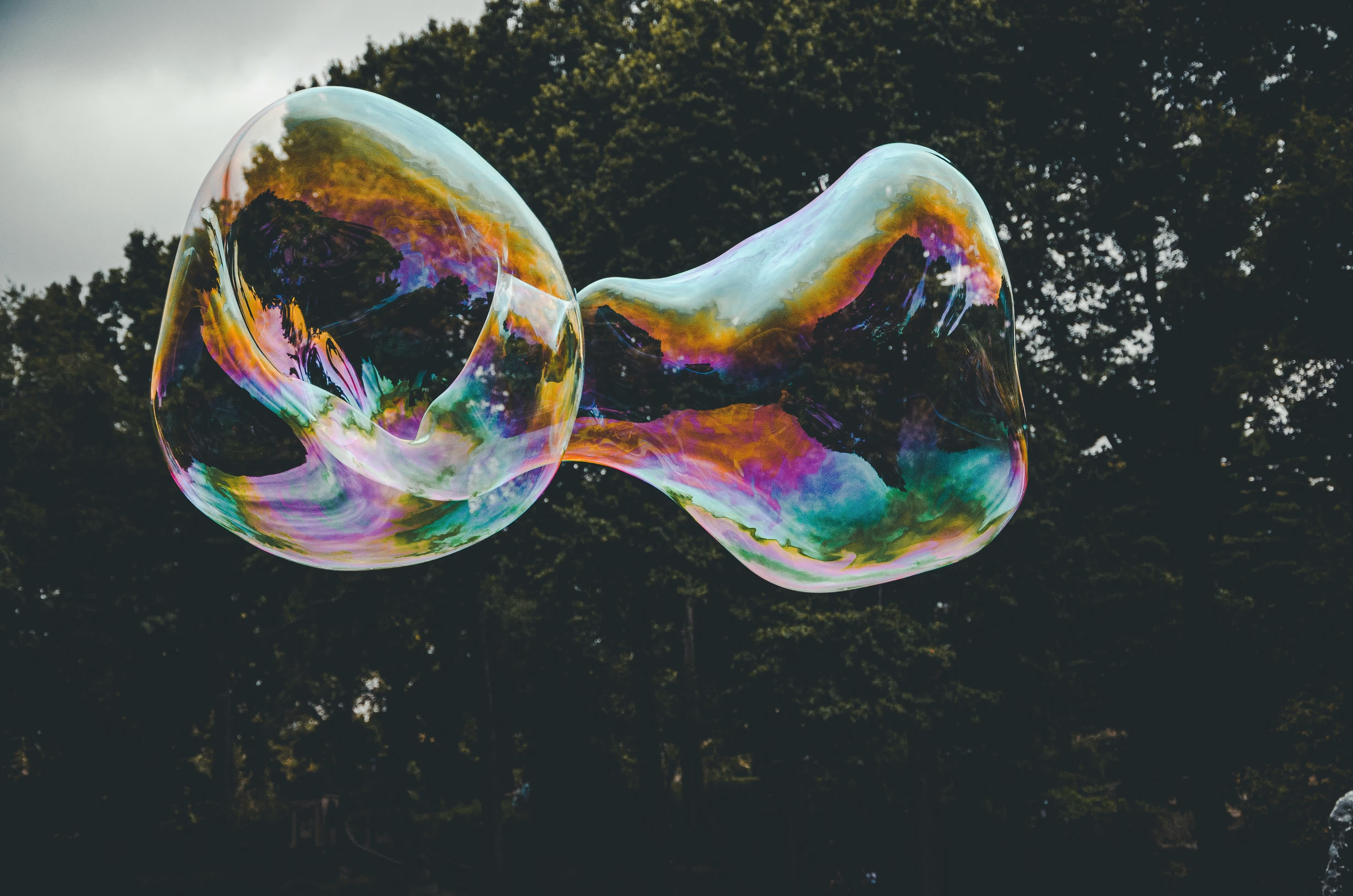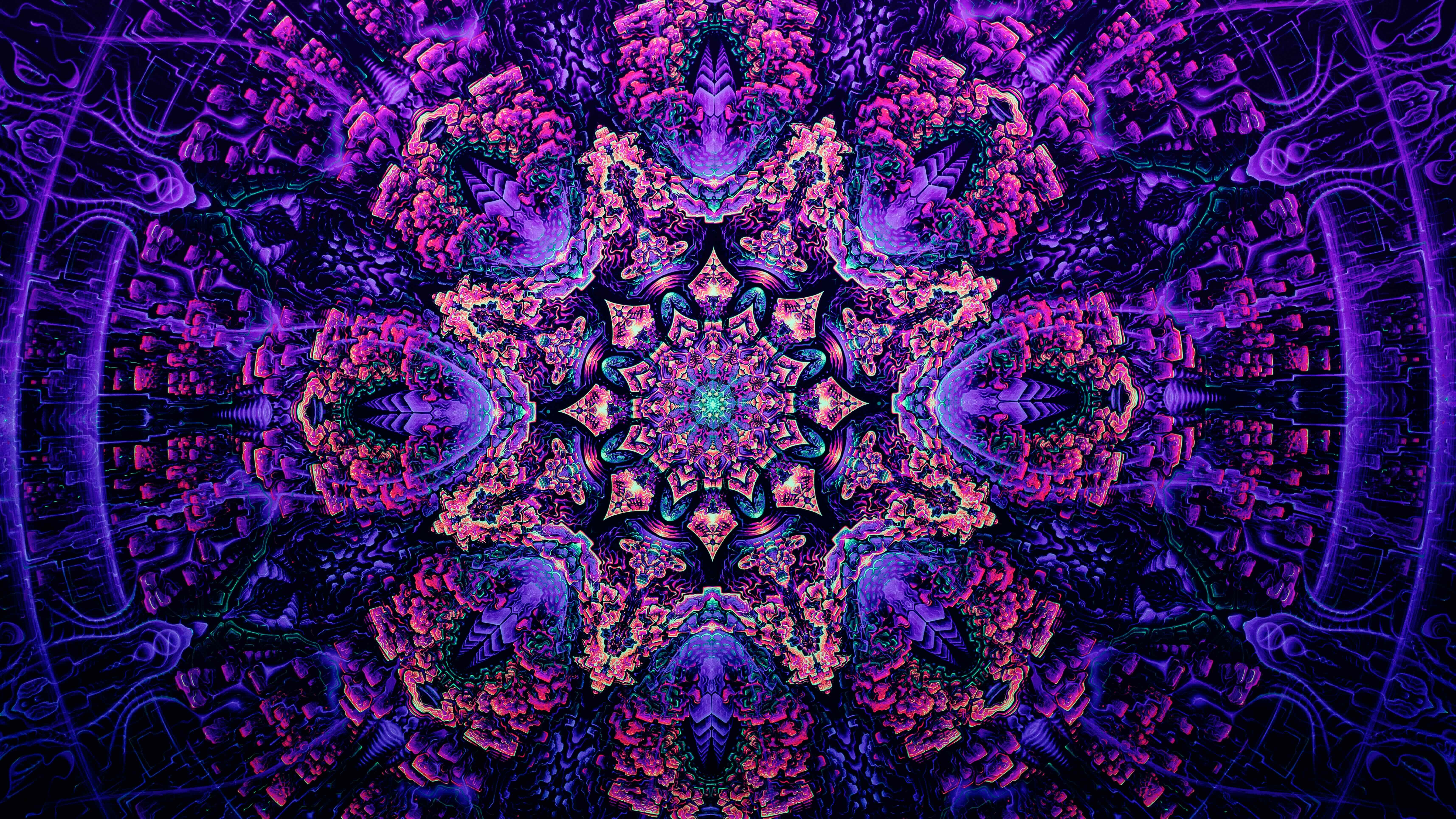When deciding between options for mental health care, labels can blur. Here’s a plain-language guide — shaped by how Dr. Ben Yudkoff explains it — to compare classic psychedelics (psilocybin, LSD, DMT, iboga/ibogaine), ketamine (and esketamine, the FDA-approved nasal spray Spravato), and MDMA (an empathogen). Our goal at Lumin Health is simple: give you enough clarity to understand the options for legality, accessibility, and efficacy.
Many patients describe overlap across these medicines — altered perception, new associations, meaning-making. The big differences show up in accessibility, controlled substance regulation, mechanism of action, feel, time course, and logistics. Please note that Lumin Health in no way condones the obtaining and use of regulated substances. This is purely for informational purposes only and reflective of the kinds of questions that we hear routinely.
Mechanisms at a glance (high-level)
- Classic psychedelics (psilocybin/LSD/DMT/iboga): Most prominently engage the 5-HT2A serotonin receptor system.
- Ketamine / esketamine (Spravato): Primarily modulate glutamate via NMDA receptors, cascading to AMPA activity and synaptic plasticity. See How Ketamine Works for a deeper dive.
- MDMA (empathogen): Increases serotonin, norepinephrine, and dopamine release and often enhances feelings of openness and connection; typically less visual than classic psychedelics.
Mechanism isn’t destiny — but it does inform what sessions feel like and how we prepare.
Typical phenomenology of psychedelics and empathogens; what it tends to feel like
- Classic psychedelics: Often outwardly engaging — colors intensify, patterns breathe, music can feel textured and vast. Thought associations loosen; awe and/or fear can arise.
- Ketamine: More internal and cocoon-like. Visuals may be subtler; many people feel a gentle distance from the body (dissociation) and a kinder vantage point on difficult thoughts. This inwardness is why we at Lumin Health pare back input (eye mask, curated music, privacy) and keep the room quiet.
- MDMA: Typically emotional openness more than visuals — reduced defensiveness, warmth, and easier access to hard topics, which can support talk-based work.
For those familiar with traditional psychedelic compounds, ketamine may feel like it’s in the same neighborhood, but living in a different house — recognizably altered, but guided inward.
Session length and logistics
- Classic psychedelics: Commonly 4–8 hours (route- and dose-dependent), which can mean dedicating most of a day and a specific environment.
- Ketamine therapy: The intense phase is usually ~40–70 minutes, with 30–60 minutes of re-orientation. Many patients appreciate the shorter arc because it fits with work and caregiving. We often plan psychotherapy or behavioral support during the neuroplasticity window to help new learning “stick.”
- Esketamine (Spravato): Delivered in a REMS-governed Spravato clinic, typically twice weekly early on, then tapered. As of January 2025, esketamine can also be used as monotherapy (without a coinciding antidepressant) for certain adults with treatment-resistant depression (previously it had to be used alongside an antidepressant medication), which increases care-planning flexibility.
Where research and approval status stand — and why Lumin Health is cautious
- Esketamine (Spravato): FDA-approved for specific depressive disorders and provided under clinical monitoring; labeling outlines safety, abuse/diversion risk, and program requirements that clinics must follow.
- Classic psychedelics (psilocybin/LSD/DMT/iboga): Active clinical trials continue, but no FDA approval for depression as of today; state-level reforms do not equal federal approval for medical use. This means that safety and risk management exercises have not been adequately demonstrated as of yet and these compounds are still regarded as federally illegal with no medical use identified.
- MDMA-assisted therapy: The FDA issued a Complete Response Letter in 2024 declining approval and later publicly released its rationale. Research is ongoing.
Why our caution? Because responsible care balances promise with proof. We track the data closely and revise protocols when the evidence — and the regulators — support a change. Until then, we anchor on what’s approved, safe, and realistically accessible for people seeking ketamine therapy or ketamine for depression.
FAQs
Why is ketamine shorter?
Mechanism and route. Ketamine’s pharmacology and typical dosing produce a brief, intense arc — often under two hours including re-orientation — compared with the multi-hour course common with psilocybin or LSD. Practically, that means ketamine treatment can be scheduled into real life and repeated in a series, with post-dose time protected for rest or therapy during the neuroplasticity window.
Where does MDMA fit?
MDMA is generally described as an empathogen — it tends to enhance openness and connection with fewer visuals. Clinical interest remains high, but the FDA has not approved MDMA-assisted therapy; regulators highlighted safety and methodological concerns in 2024–2025 documents; it remains federally illegal with no clear medical use. If that changes, Lumin Health will evaluate how to deliver it within a medically rigorous, patient-centered model similar to our Spravato clinic.
Choosing what treatment fits you
You don’t need a perfect label to heal. What matters is fit: the right mechanism for your biology, the right environment for your nervous system, and the right follow-through for your goals. For many, ketamine’s “different house” offers a shorter, inward-leaning path with medical guardrails — either as off-label ketamine therapy or as esketamine in a Spravato program.







